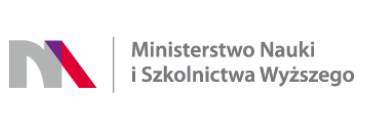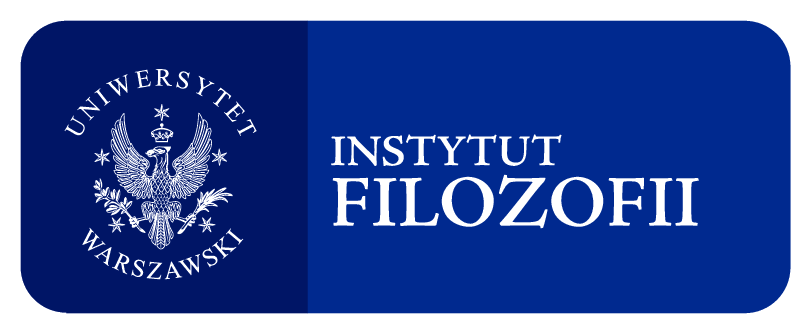Submissions
This journal is not accepting submissions at this time.
Submission Preparation Checklist
As part of the submission process, authors are required to check off their submission's compliance with all of the following items, and submissions may be returned to authors that do not adhere to these guidelines.- I hereby declare that this manuscript is original.
- I hereby declare that the paper has not been previously published and is not currently under review by another journal.
- I hereby declare that I am not in violation of the ethical publishing standards adopted by this journal: https://www.fn.uw.edu.pl/index.php/fn/navigationMenu/view/policy
- I understand that the journal is published under a non-exclusive CC-BY-NC-ND: Creative Commons – Attribution – NonCommercial – NoDerivatives 4.0 International Public License (https://creativecommons.org/licenses/by-nc-nd/4.0/legalcode). By submitting a manuscript, I agree to make it available under that license.
- I hereby give consent for my personal data to be processed in compliance with the privacy policy of this journal: https://www.fn.uw.edu.pl/index.php/fn/navigationMenu/view/privacy
- The manuscript has been prepared for anonymous review. Metadata from all submitted files have also been removed.
- The bibliographic information conforms to the style specified in “Author Guidelines”.














 Filozofia Nauki/The Philosophy of Science | ISSN 1230-6894 | e-ISSN 2657-5868
Filozofia Nauki/The Philosophy of Science | ISSN 1230-6894 | e-ISSN 2657-5868